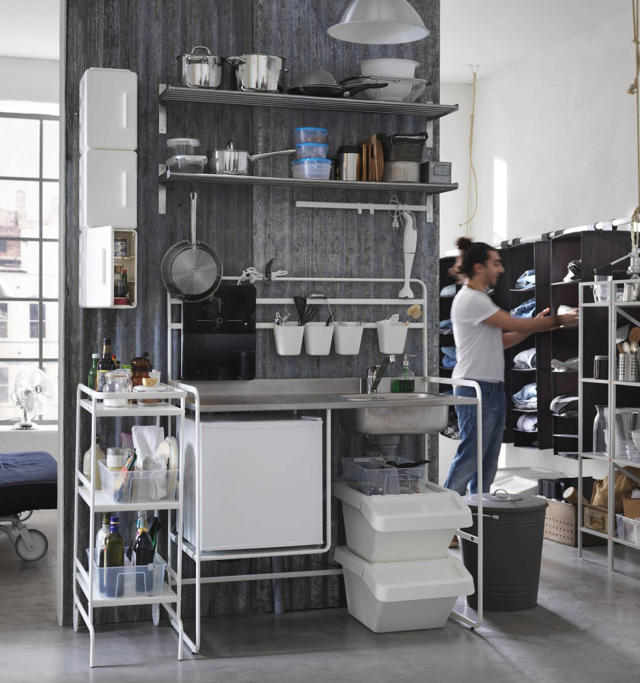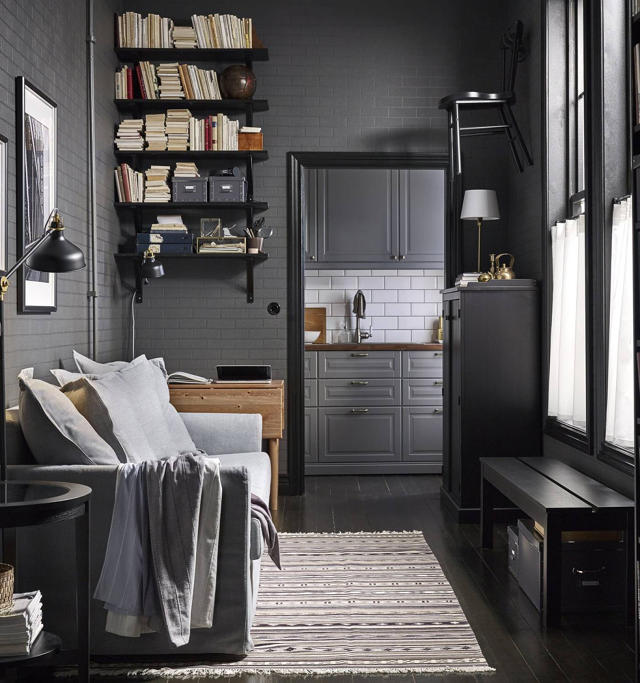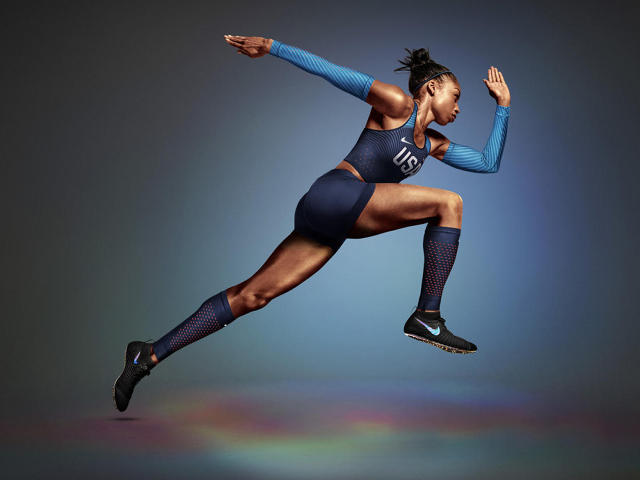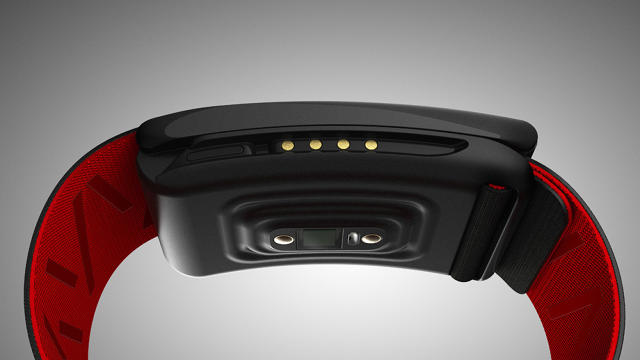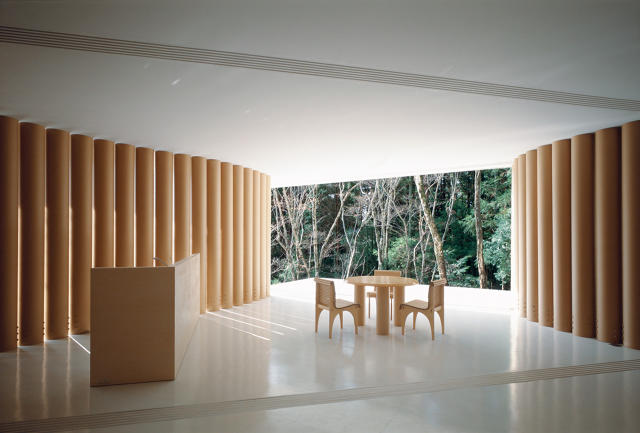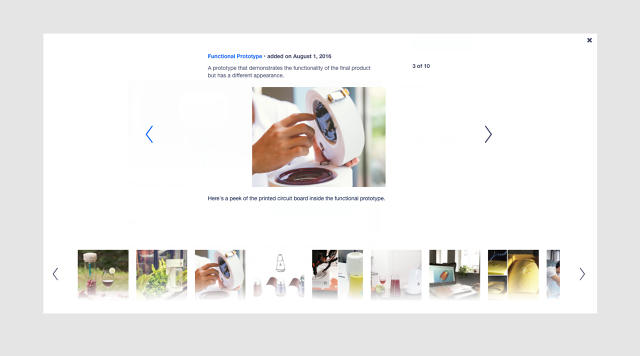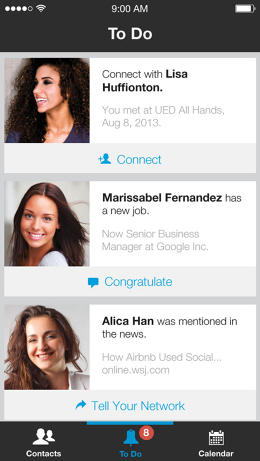The campaign of presidential candidate Gary Johnson lifted a Florida branding agency's web designs—but botched the execution.
He might not have much chance of winning, and he may not command the same attention in the news cycle, but there's another hopeful in the 2016 presidential election besides Hilary Clinton and Donald Trump: libertarian Gary Johnson, a socially liberal, fiscal conservative whose campaign rests on the idea that he can bridge the divide between the left and the right. Unfortunately, the branding of the Johnson campaign wasn't getting that idea across, so as a fun exercise, the Florida-based branding agency Spark decided to mock up an identity for him.
Clik here to view.

Then things got weird. Without crediting Spark or paying for the work, a contractor for the Johnson campaign stole Spark's brand identity wholesale. To add insult to injury, the contractor didn't even steal the work correctly. The execution was so bad, Spark felt obliged to publicly release a style guide to its own pilfered work, in the hopes that the Johnson campaign would start using it right.
Clik here to view.

In a statement to Co.Design, the Johnson campaign acknowledged the screw-up. "At the senior level of the campaign, we were completely unaware until receiving a media inquiry Saturday evening that our website contractor had seen and clearly used the concept and design ideas posted on the web by Spark," said Joe Hunter, communications director for the Johnson campaign. "Upon seeing the obvious connection, we immediately contacted Spark and have since had a very constructive conversation with them—hopefully with no hard feelings. It was never our intent to use anyone's creative work, spec or otherwise, without giving appropriate credit, and we regret that our contractor apparently failed to communicate our desire to use Spark's work. It won't happen again, and we look forward to continued conversations with Spark about putting their excellent work to good use in the campaign."
Between the time the Johnson campaign sent me that statement and I wrote this story, the official website for Gary Johnson has tweaked its design. For instance, it has a new color scheme. However, many other elements, including a two-color design and the use of fonts, remain identical.
Clik here to view.

Spark's spec work for the Johnson campaign began as a feature for the latest issue of the agency's regular publication, Stick Quarterly. The theme of the issue was "underdogs.""We noticed that Hillary and Trump are dominating the conversation," says Elliott Bedinghaus, Spark's vice president of creative, tells me in an interview. "Hillary, of course, has a very well-crafted brand. Trump, uh, not so much, but he's loud and gets attention. It got us wondering: What could a strong brand do for an underdog like Gary Johnson? Because in our view, he didn't have a brand, and was in desperate need of one."
Spark's spec identity for the Johnson campaign embraced the candidate's position as a middleman between the right and the left. The identity uses a background split between red and blue, with Gary Johnson's last name bridging the gap in purple. The "on" in Johnson is separated by the chromatic split from the rest of the word. Along with a short message from the candidate in white serving as a bold headline, Spark's identity quickly conveys to voters where Johnson stands on various political issues like border patrol, health care, abortion, and more. So, for example, an ad might literally read, "A big wall will only produce bigger ladders—Johnson on Border Patrol."
Clik here to view.

But that's not how the Johnson campaign is using it. As of noon yesterday, Johnson's campaign website had adopted Spark's red, white, blue, and purple motif— which has since been changed to yellow and blue—as well as Spark's choice of Hurme Geometric Sans for a typeface. But it ignored the central concept of the identity: that the way the red and blue split Johnson's name in half to show where Johnson stands on the issue. Spark thinks that a contractor for the Johnson campaign liked how it looked, but didn't actually get what made it work. This casual ineptitude finally prompted an exasperated Spark to put up a charmingly passive-aggressive website called "Hey Gary, Let's Talk," making all of their spec assets available for the Johnson campaign to download. If the designers were going to be ripped off, they wanted to at least be ripped off correctly.
Spark heard from the Johnson campaign after "Hey Gary, Let's Talk" launched. "They apologized for taking the work, and we're currently working with them to try to come to a solution," Bedinghaus says. "They've been humble, so it's been an amicable exchange." Bedinghaus says they don't want payment for the work—despite the exercise, their agency has no interest in getting involved in politics—just for that work to be acknowledged and executed properly. "What happened was surprising and upsetting to us, but our intent was to show that a brand can be a powerful force to create change, so by using it properly going forward on a national stage, we hope this will serve as a case study for our industry."
And hey, at least it was Johnson, not Trump who stole their ideas. "Based on the way he's managed other aspects of his campaign, and his history paying contractors, I think we can make some assumptions about how that dialog would have gone," Bedinghaus laughs.
[All Images: via Stick Quarterly]









